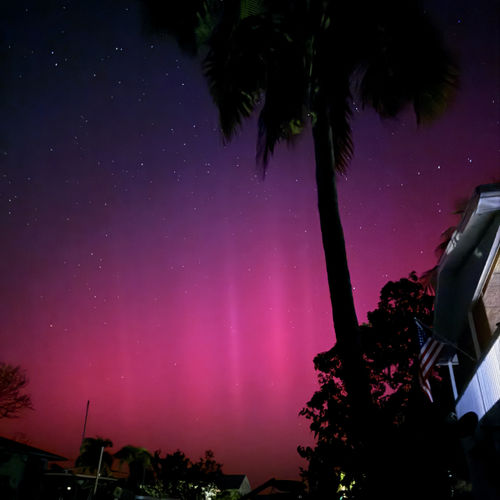
| Added | Thu, 09/02/2017 |
| Источники | |
| Дата публикации | Thu, 09/02/2017
|
| Версии |
The Aurora Borealis — the magnificent "light show", which are the end result of the collision of electrically charged particles from the Sun with the upper layers of Earth's atmosphere. Although this phenomenon is most typical for the polar regions, from time to time, colorful lights illuminate the night sky over great Britain and other areas at the same latitude. But recently, there were reports that soon the show will only be available in areas of the poles. Is it really so?
In fact, auroras, their magnitude and places of occurrence depend on the 11-year solar cycle. However, every solar cycle is characterized by a different number of highs and lows.
In a study recently published in the journal Nature, scientists have modeled probably the most famous Grand solar minimum called the "Maunder minimum". This Grand minimum started in 1645 and ended 70 years later. During all this time the Sun was observed only 50 sunspots (structures, showing its activity). In the "normal" solar activity the number of them for such a long period could reach 40-50 million.
The authors of the new analyzed data of observations of auroras in the two Grand minima, including Murderously, and found that the visible lights to the South of 56° magnetic latitude (same latitude, but is measured from the magnetic and not the geographic pole) in these times do become less. But nevertheless they are there.
What is the forecast for auroras for the next century? If the models are correct and we have a Grand solar minimum, the solar activity will decline for many decades will remain at a very low level. With decreasing solar activity the Northern lights outside the polar regions will become more rare. But this does not mean that they will not be there at all. In addition, the authors of the study question the approach of the Grand minimum.
Translated by «Yandex.Translator»
Новости со схожими версиями
Log in or register to post comments








